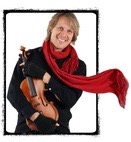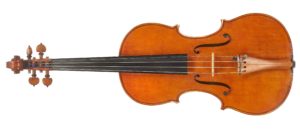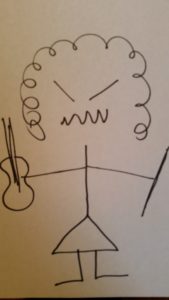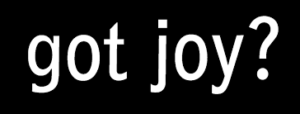 The thing about violinist and violin-teacher David-Porter is that he draws me into my dis-comfort zone, relentlessly, every lesson. My job as a student is to go home and spend the week turning that dis-comfort zone into a comfort zone. No tears allowed. And as my goal is to learn to play violin, we wouldn’t want it any other way.
The thing about violinist and violin-teacher David-Porter is that he draws me into my dis-comfort zone, relentlessly, every lesson. My job as a student is to go home and spend the week turning that dis-comfort zone into a comfort zone. No tears allowed. And as my goal is to learn to play violin, we wouldn’t want it any other way.
Progress is tacitly acknowledged. The real teaching comes from his weaving his way through the labyrinth of my ineptitude, showing me the sights and providing musical guidance as we go. Always prodding, always pushing, David-Porter isn’t interested in producing mediocre violinists, and it takes a certain kind of stamina to stand for his weekly challenge.
Lately we’ve been working on bowing techniques and the various colors they produce. David-Porter exudes a trust that, with time, I will master these techniques and their subtleties; that, as breath and vocal cords learn to automatically produce expressive language, so will my breath and arm learn to do for music. This trust gives me confidence to toil forward weekly, violin in tow.
If you want to push yourself and maximize your ability, it helps to seek out an elite-violinist and teacher like David-Porter. The higher the level a musician works at and continuously pursues, the more highly their hearing and expressive ability is developed over the decades of a career; and if such violinist cares deeply about the process of translating and providing this information for those lower down the chain, then you have a great teacher uncanny at drawing the best from their students. David-Porter is one such.
copyright 2017, All rights reserved.
photo by Francisco Kjolseth, Salt Lake Tribune





